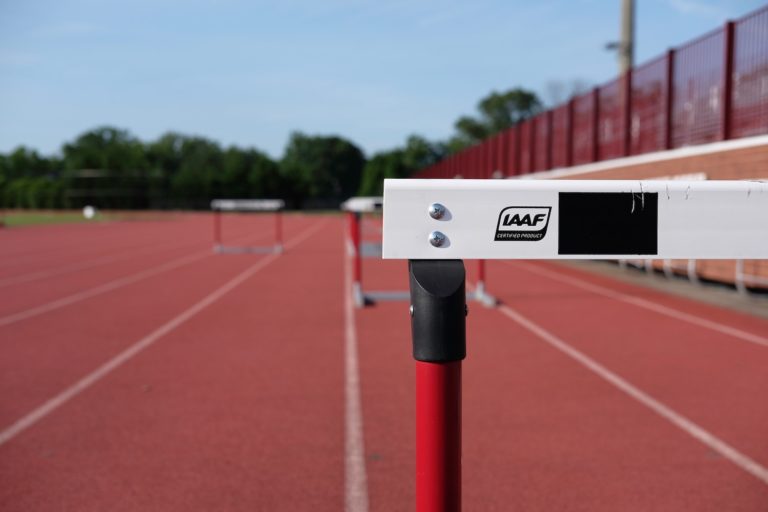
How Jerome’s Furniture Increases Digital Engagement with Customers
The retail furniture business has become a fairly reliable indicator for tracking consumer confidence and purchasing trends during the nation’s economic recovery.
For the past several years, this $100 billion industry has been trending moderately upward along with the economy and is expected to continue to grow, thanks to higher rates of employment and disposable income and a brighter outlook for housing starts and existing home sales.
While the business has changed with the advent of digital marketing, customers retain a marked preference for physically touching furniture and home accessories rather than purchasing them online. As with other retail segments, the key is to combine both — to develop an omnichannel strategy that will appeal to new types of customers and broaden promotional opportunities.
Jerome’s Furniture operates 13 stores in southern California, ranging in size from 40,000 to 110,000 square feet and carrying some 4,500 distinct products. The company’s distribution center is a 450,000-square-foot facility in San Diego. The chain has typically opened one store a year over the past five years.
“We’re in a growth phase right now and we are interested in expanding to new marketing areas,” says Scott Perry, vice president of digital. “We have a mid-market clientele and we don’t sell super high-end furniture.”
The company keeps 90 percent of inventory in stock all the time, Perry says, adjusting by store depending on the market. The majority of the chain’s upholstered goods come from manufacturers in southern California, with additional products sourced from Mexico. “We try to source close to home when we can,” he says.
Solidifying Relationships
Jerome’s began using an email marketing system several years ago but discovered the triggering system wasn’t working very well. Perry says it failed to accurately monitor the on-site activity of customers.
With data marketing platform Bluecore, “We know which people are on our website, what products they’re looking at, what searches they’re doing and whether they’re going to their shopping carts,” he says.
Bluecore focuses on analytics and personalization, and has an easy integration process. “It only took a week or two,” Perry says. “I didn’t even have to get my IT department or web people involved. It was just a matter of getting the creative aspects down. Technical implementation was a breeze.”
Perry says email marketing is especially effective in the furniture sector, and therefore is “a big part of our business. Furniture is a ‘considered’ or highly researched purchase. It’s something people save money to buy, get the buy-in from their spouses, and something they like to get touchy feely with. We can interact with our customers multiple times before a buying decision is made. The more we can engage them, especially through email, the more it helps solidify our relationship with them.”
When customers visit the website, they receive a triggered email reminding them what they looked at several times on previous visits. “It keeps our product top of mind through that buying cycle, even after we’ve gotten that customer on a routine basis,” Perry says. “We do bi-weekly email blasts and have other ‘next logical’ purchase type campaigns. So if you buy a bedroom set, a month later you’ll get an email suggesting a mattress if you didn’t already get it.”
The website is not Jerome’s primary promotional vehicle, though. “We advertise on every vehicle you can imagine. We’re heavy on television and even advertise on Hulu. We also have a budget for Google AdWords and we’re doing re-marketing email campaigns,” he says.
“Everything we do is choreographed together beautifully. We have television ads whose sole purpose is to push the benefits of going to our website. I believe we have a true omnichannel advertising strategy.”
Perry says online sales are less than 5 percent of revenues. “But we don’t strategize against trying to increase the percentage of sales online. We know that over 60 percent of customers use the website heavily as part of their purchase research. But we also know they want to see and touch the furniture. So although ecommerce sales are relatively small, the overall impact is significant.”
Online sales have been growing exponentially over the last three years, and “We expect that to continue as people become more familiar with our brand — especially in the L.A. area where we’ve only been operating for about seven years. As we start gaining mindshare and brand awareness, people will become more comfortable buying online.”
There will always be things like mattresses and sofas that people like to see in person, he says, but online sales should grow for simpler items like dinette sets, bunk beds and desks.
Market Smarter
Perry believes Jerome’s has successfully migrated to a true omnichannel strategy. “I think we turned that corner about two years ago when the website became fully responsive and the mobile mind shift began,” he says. “Anyone that’s not there yet needs to catch up quickly.”
Looking ahead, Perry says Jerome’s is considering some new technologies and extra features for the website as well as refining the chain’s marketing strategy. “I’m not ready to talk about the next step yet. But I’m fascinated with the potential of augmented reality. I also want to dive deeper into our existing data to come up with some predictive models for marketing,” he says.
The intent, he says, is to “market smarter to people who we know have a higher probability of buying certain things and to increase the overall lifetime value of our customers. It’s all about data analytics and business intelligence. We do some of that right now, but a deeper dive will be more complex and we have some other priorities.”
As for working with Bluecore, Perry says the company is looking at the live segment capabilities of Bluecore and how it can leverage that with display marketing and email.
“Maybe people who visited the living room furniture section then went to the leather furniture section. They might come back two or three times without purchasing. You can create a segment around that behavior and market specifically to that customer online,” he says.
“We’re not selling an impulse purchase,” Perry says. “People sometimes put items in their online carts, then go home to look at the room and think about it. It’s not cart abandonment. It’s just a hiatus. That’s where Bluecore helps us out, by emailing these customers multiple times and reminding them what’s in their cart. It keeps Jerome’s top of mind and is one of the best things we have going. It’s something tangible they can forward to a friend or spouse.”





